Biological Treatment Of Wastewater
Biological treatment of wastewater. Biological Wastewater Treatment Process Reactivation of Reactor and Role of Supplement and Neutralizing Substances. It is often called as Secondary Treatment process which is used to remove any contaminants that left over after primary treatment. However most practical operations are accompanied by several advantages and disadvantages.
Biological treatment of wastewater 41. The biological and technical systems must be adapted to the respective wastewater conditions since the scale and composition of the wastewater sources can vary greatly. The virological results showed in general that RVA were detected at high frequency of 98 137140.
Biological treatment is an important and integral part of any wastewater treatment plant that treats wastewater from either municipality or industry having soluble organic impurities or a mix of the two types of wastewater sources. Tests measure physical chemical and biological characteristics of the wastewater. Aerobic treatments are usually preferred however it is best to use an anaerobic treatment when dealing with highly concentrated wastewater.
The obvious economic advantage both in terms of capital investment and. In fact the RVA detection rates at the exit of the two studied wastewater treatment were about 100 at the exit of the activated sludge procedure. The bacterial kinetics can be shown in Figures 3 and 4.
The minireview shows different solution strategies especially for the. This is accomplished by utilizing treatment processes that remove the waterborne pollutants directly primary treatment or that convert them into. Anaerobic Bacteria in anaerobic treatment systems dont need oxygen to work and convert organic material into.
This international version is comprised by six textbooks giving a state-of-the-art presentation of the science and technology of biological wastewater treatment. This course starts with a discussion of the biochemical. THREE STEPS IN BIOLOGICAL TREATMENT 1 Transfer of food from wastewater into micro organism cell.
Are required for microbial growth. Wastewater treatment plants are designed to process the raw sewage prior to its discharge to reduce its organic content oxygen demand and pathogenic content.
Suitable temperature pH nutrients etc.
Biological wastewater treatment is very widely used for removal of biodegradable materials from wastewater. BIOLOGICAL PRINCIPLES OF WASTE WATER TREATMENT Biological TP. Suitable temperature pH nutrients etc. This international version is comprised by six textbooks giving a state-of-the-art presentation of the science and technology of biological wastewater treatment. THREE STEPS IN BIOLOGICAL TREATMENT 1 Transfer of food from wastewater into micro organism cell. Where μ is the specific growth rate coefficient. Biological wastewater treatment is an important and integral step of wastewater treatment system and it treats wastewater coming from either residential buildings or industries etc. The minireview shows different solution strategies especially for the. In a simplified top-level answer to this question a biological wastewater treatment system is a technology that primarily uses bacteria some protozoa and possibly other specialty microbes to.
Biological treatment is an important and integral part of any wastewater treatment plant that treats wastewater from either municipality or industry having soluble organic impurities or a mix of the two types of wastewater sources. Biological treatment of wastewater 41. In a simplified top-level answer to this question a biological wastewater treatment system is a technology that primarily uses bacteria some protozoa and possibly other specialty microbes to. Suitable temperature pH nutrients etc. Proper nutrient balance100. However most practical operations are accompanied by several advantages and disadvantages. Aerobic treatments are usually preferred however it is best to use an anaerobic treatment when dealing with highly concentrated wastewater.







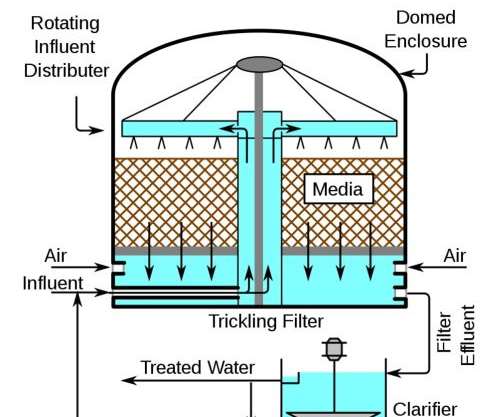


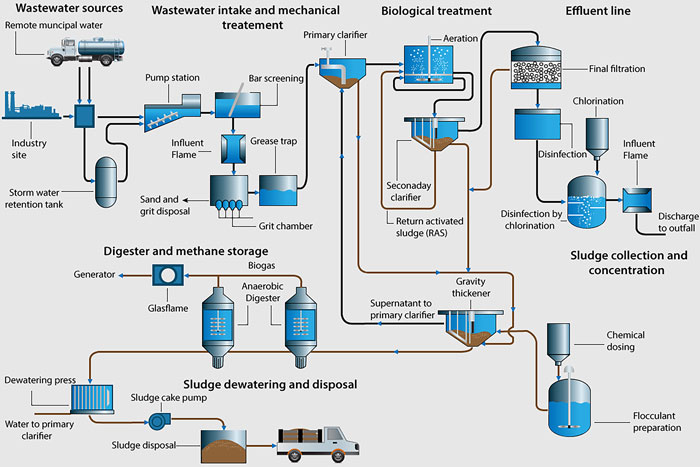


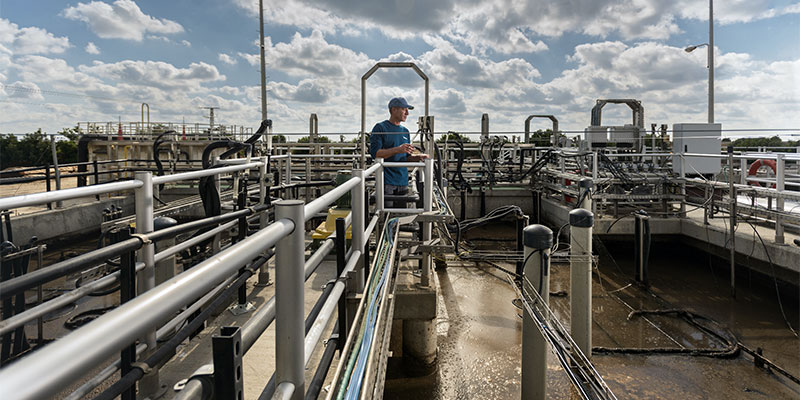

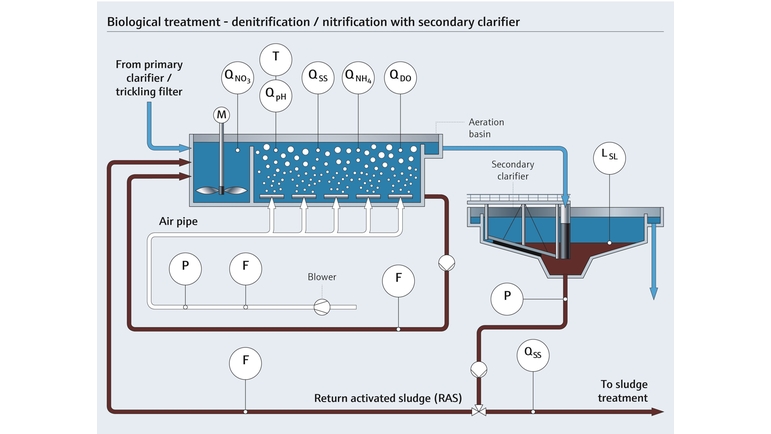

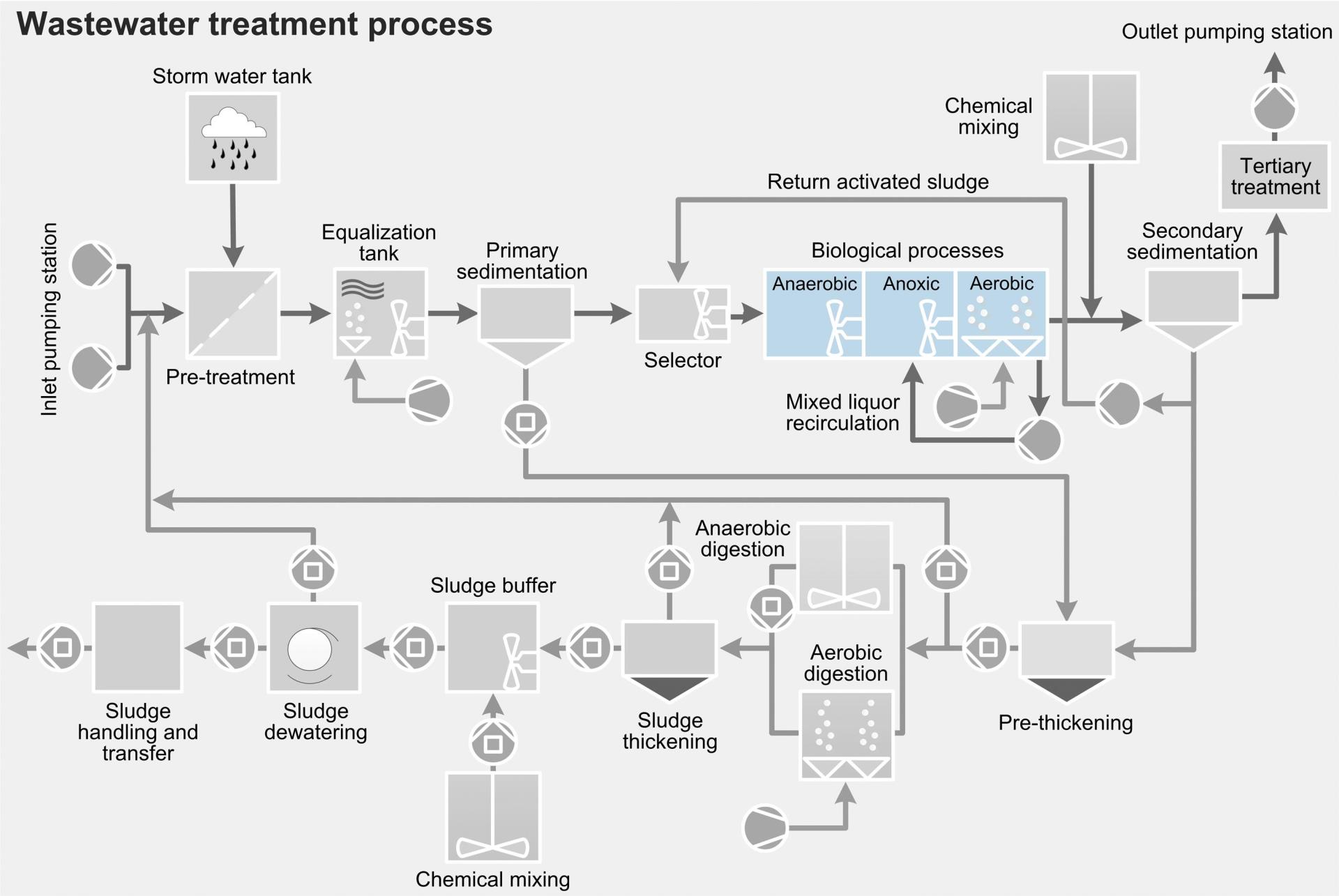


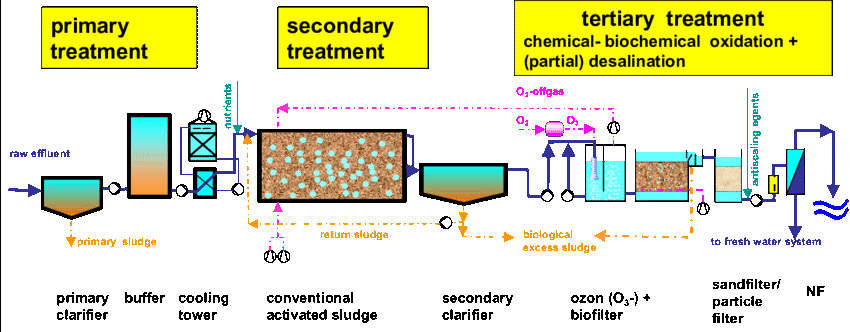
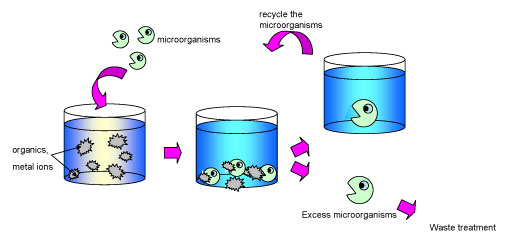

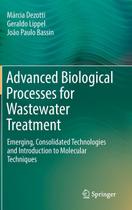
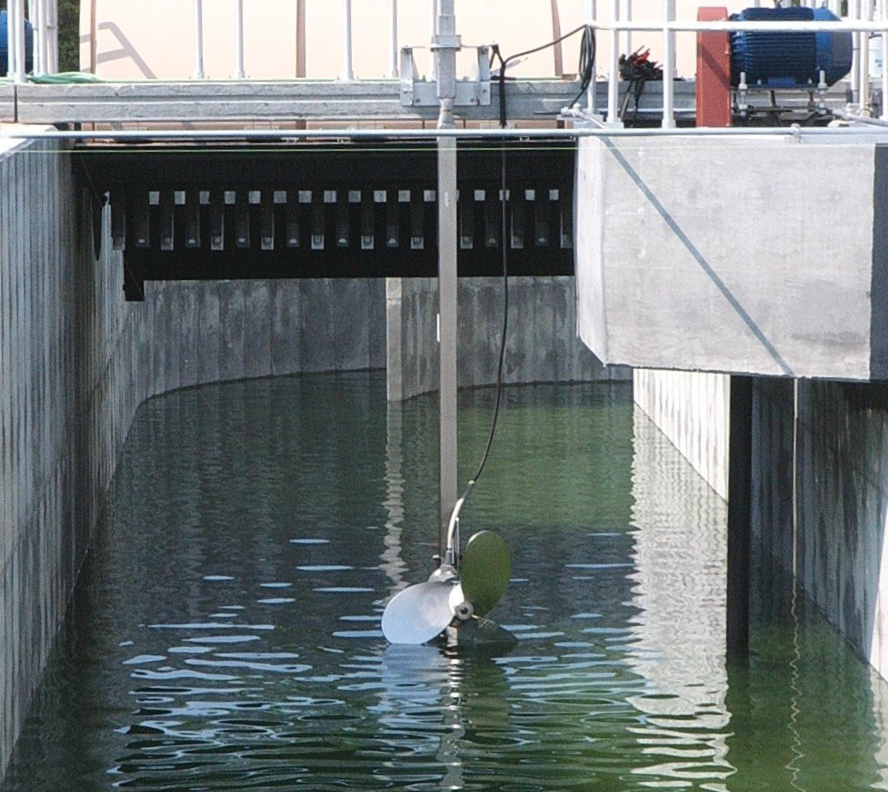

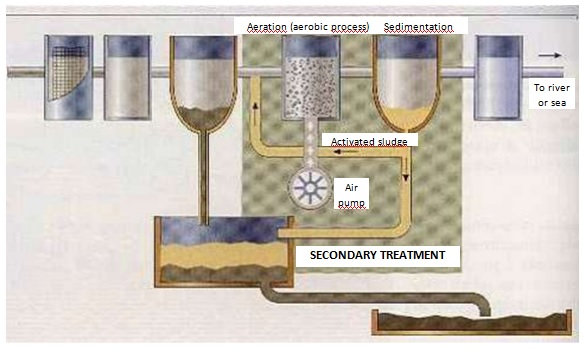

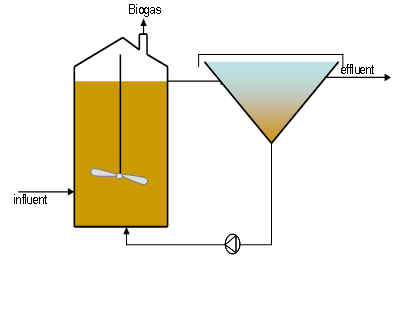





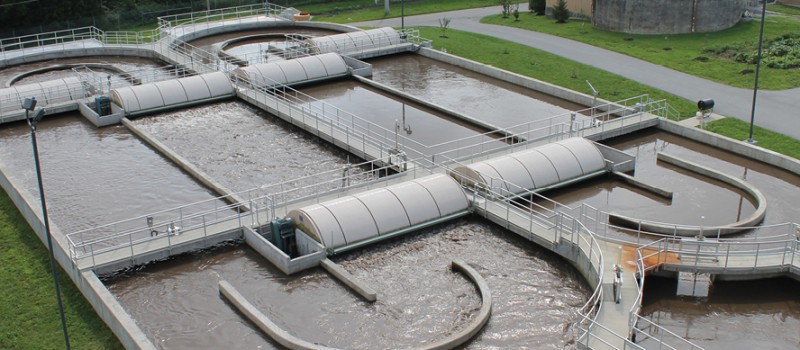


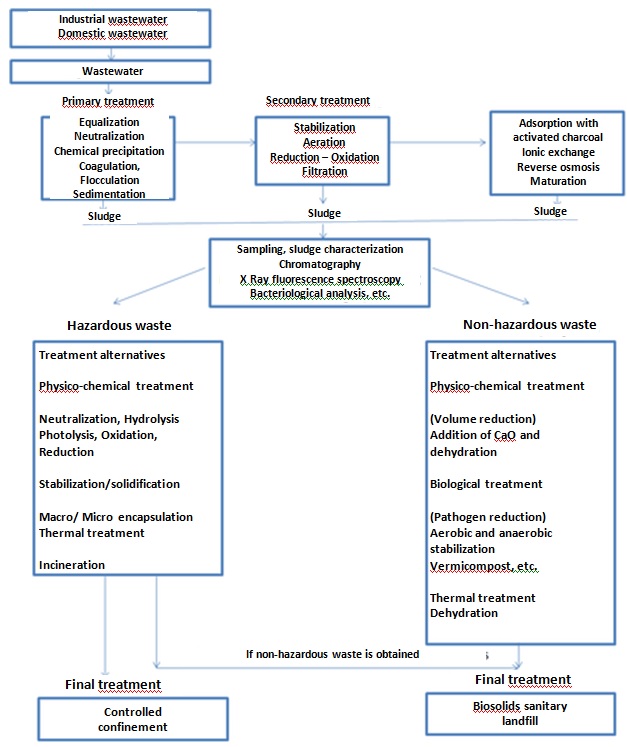

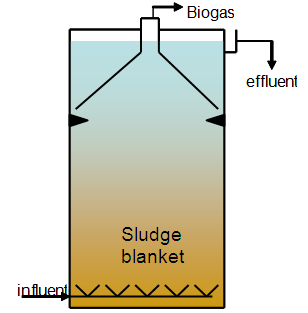


Post a Comment for "Biological Treatment Of Wastewater"